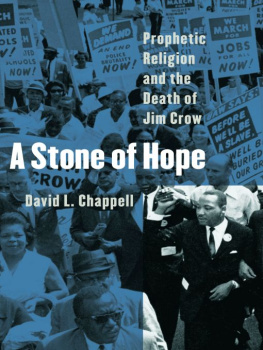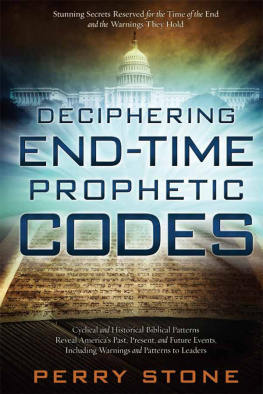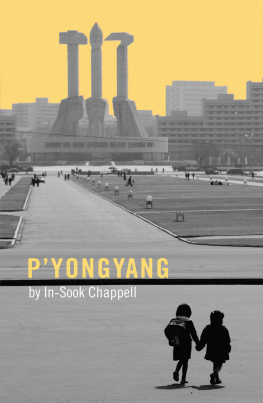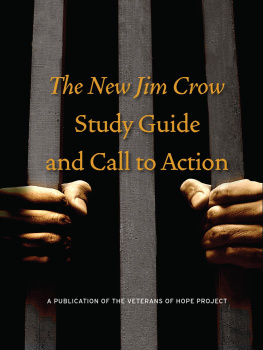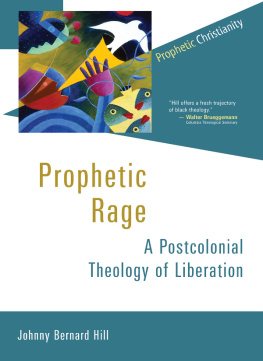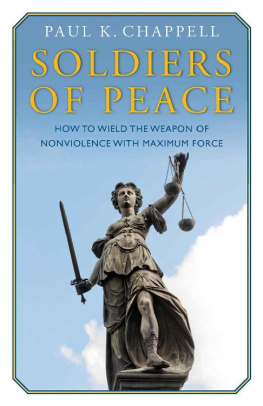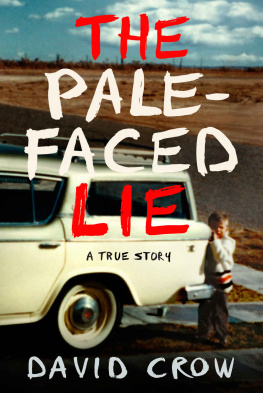2004 The University of North Carolina Press
All rights reserved
Designed by C. H. Westmoreland
Set in Janson by Tseng Information Systems, Inc.
Manufactured in the United States of America
Portions of Chapters 1, 5, 6, and 8 appeared in articles or essays in the following publications, respectively: The Role of Ideas in the Civil Rights South, ed. Ted Ownby (Jackson: University Press of Mississippi, 2002); African American Review, Winter 2002; Journal of American Studies 32 (August 1998); and Georgia Historical Quarterly 82 (Spring 1998). Those materials are used here by permission of the publishers.
The paper in this book meets the guidelines for permanence and durability of the Committee on Production Guidelines for Book Longevity of the Council on Library Resources.
Frontispiece: Detail of photograph of Fred Shuttlesworth
( Danny Lyon/Magnum Photos)
Library of Congress Cataloging-in-Publication Data
Chappell, David L.
A stone of hope: prophetic religion and the death of
Jim Crow / David L. Chappell. p. cm.
Includes bibliographical references and index.
ISBN 0-8078-2819-X (cloth: alk. paper)
eISBN : 97-8-080-78955-7
1. African AmericansCivil rightsHistory20th century. 2. African AmericansSegregationHistory20th century. 3. Civil rights movementsUnited StatesHistory20th century. 4. Civil rights workersReligious lifeUnited StatesHistory20th century. 5. Civil rightsUnited StatesReligious aspectsChristianityHistory20th century. 6. Christianity and politicsUnited StatesHistory20th century. 7. Church and social problemsUnited StatesHistory20th century. 8. United StatesRace relations. 9. United StatesChurch history20th century. I. Title.
E185.61 .C5435 2003
323.1196073dc22 2003017334
08 07 06 05 04 5 4 3 2 1
History says, dont hope
On this side of the grave.
But then, once in a lifetime
The longed-for tidal wave
Of justice can rise up,
And hope and history rhyme.
SEAMUS HEANEY,
The Cure at Troy
Hope is definitely not the same thing as optimism. It is not the conviction that something will turn out well, but the certainty that something makes sense, no matter how it turns out.
VACLAV HAVEL,
Disturbing the Peace
Introduction
In his famous I Have a Dream speech at the Lincoln Memorial, Washington, D.C., in 1963, Martin Luther King Jr. said that he was going back to the South with faith that his people could hew a stone of hope from a mountain of despair. That image captures the philosophy of the civil rights movement. The faith that drove black southern protesters to their extraordinary victories in the mid-1960s, this book argues, grew out of a realistic understanding of the typically dim prospects for social justice in this world. Despair was the mountain. Hope was by comparison small, hard to come by. Freedom isnt free, one of the movements songs observed: You gotta pay a price, you gotta sacrifice, for your liberty. In another one of his 1963 speeches King said that the jailed black children of Birmingham were carving a tunnel of hope through the mountain of despair.
Kings public career had begun in 1955, in a period defined by Joseph McCarthy and Joseph Stalin; by the homogeneity of Levittown and the Man in the Gray Flannel Suit; by a popular president, Dwight D. Eisenhower, who opposed federal action to promote equality; and by equally popular racial demagogues in the southern states. The Democratic Party, in its 1948 platform, and the U.S. Supreme Court, in its 1954 Brown v. Board of Education decision, appeared to repudiate their long-standing support of white supremacy. But neither could do much to change the discriminatory laws and customs in the South. The Democrats retreated from their bold statement, and the Court seemed to consign victims of discrimination to an endless, costly series of individual lawsuits. Many black southernersincluding King, for a timeconcluded that the rosy promises of change were as false as innumerable promises in the past. Hopes of racial justice seemed as distant as ever.
Yet over the twelve-odd years of Kings career, a mass movement rose up in the South and brought city governments, bus companies, and chambers of commerce to their knees. The movement created disorder so severe as to force a reluctant federal government to interveneon the side of black southerners, which was more surprising then than it seems in hindsight today. The civil rights movementaided by Democratic-Republican competition for the votes of recent black migrants to the North and by U.S.-Soviet competition for allies among newly independent African and Asian nationsdestroyed Jim Crow, the vast system of legal segregation and disfranchisement named after a nineteenth-century minstrel character. In addition to provoking Congress to turn against its powerful southern bloc in the sweeping Civil Rights and Voting Rights Acts of 1964 and 1965, the movement forced a change in the Constitution. The Twenty-fourth Amendment and new interpretations of the Fifteenth guaranteed black Americans the vote. The movement shut down a political culture of racist demagoguery and one-party rule in the southern states, a culture long underwritten by the threat of mob violence.
The movement did all this with remarkably few casualties. Ugly as white southern resistance was, Maya Lins memorial to martyrs of the civil rights movement has only 40 names engraved on it. The apartheid regime in South Africa beat that figure in a single day, at Sharpeville in 1960, when it killed 67 people and wounded 200 more. In a freedom struggle closer to our own time, Chinese authorities killed some 2,600 in the immediate aftermath of Tiananmen Square. Americas own war to destroy slavery, with 600,000 deaths, makes the destruction of segregation a century later appear astonishingly nonviolent. Its destruction appears a feat of moral and political alchemy, well represented by Kings stone of hope from a mountain of despair.
How did it happen? The civil rights struggle did not consist entirely of politics and grassroots organizing, as books and documentaries on the subject have so far implied. It also involved a change in American culture, a change in what Americans thought and felt when they talked about things like freedom, equality, race, and rights. It involved a change in Americans expectations about these things, what they considered realistic as opposed to idealistic.
This book tries to accountand claims only to begin the accountingfor the cultural changes behind the civil rights movement by answering four questions: Why did the dominant voice in American political culture, liberalism, fail to achieve anything substantial for black rights at the height of liberal power in the 1930s? Where did black southerners find a philosophical inspiration to rebel, given the failure of liberalism as they knew it? How did black southerners sustain the confidence, solidarity, and discipline of their rebellion through years of drudgery, setbacks, and risk? Finally, why were the enemies of the civil rights movement, for one fleeting but decisive moment, so weak?





